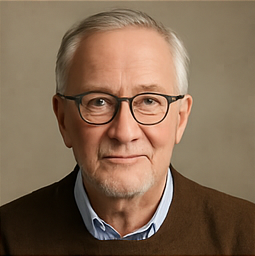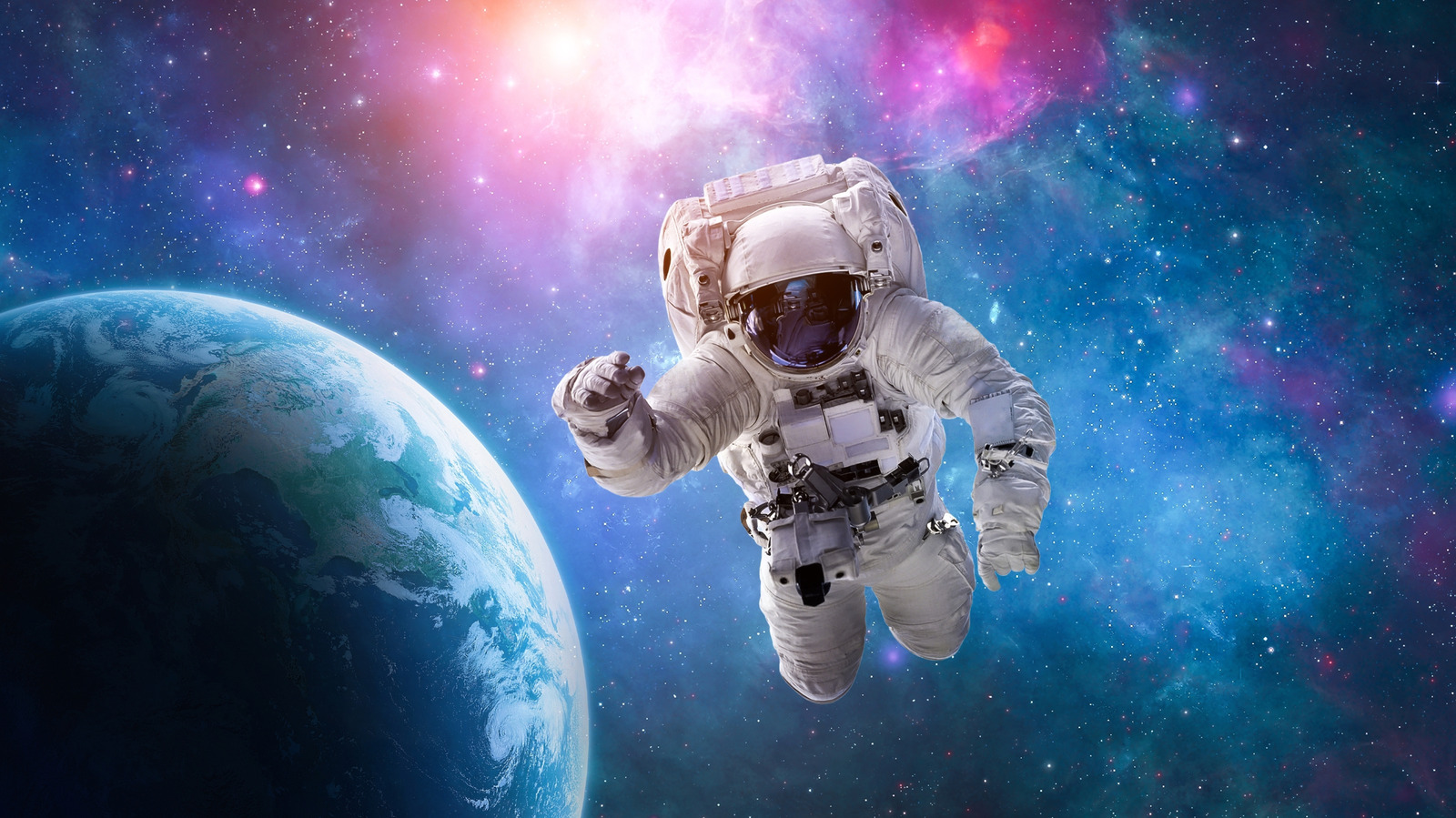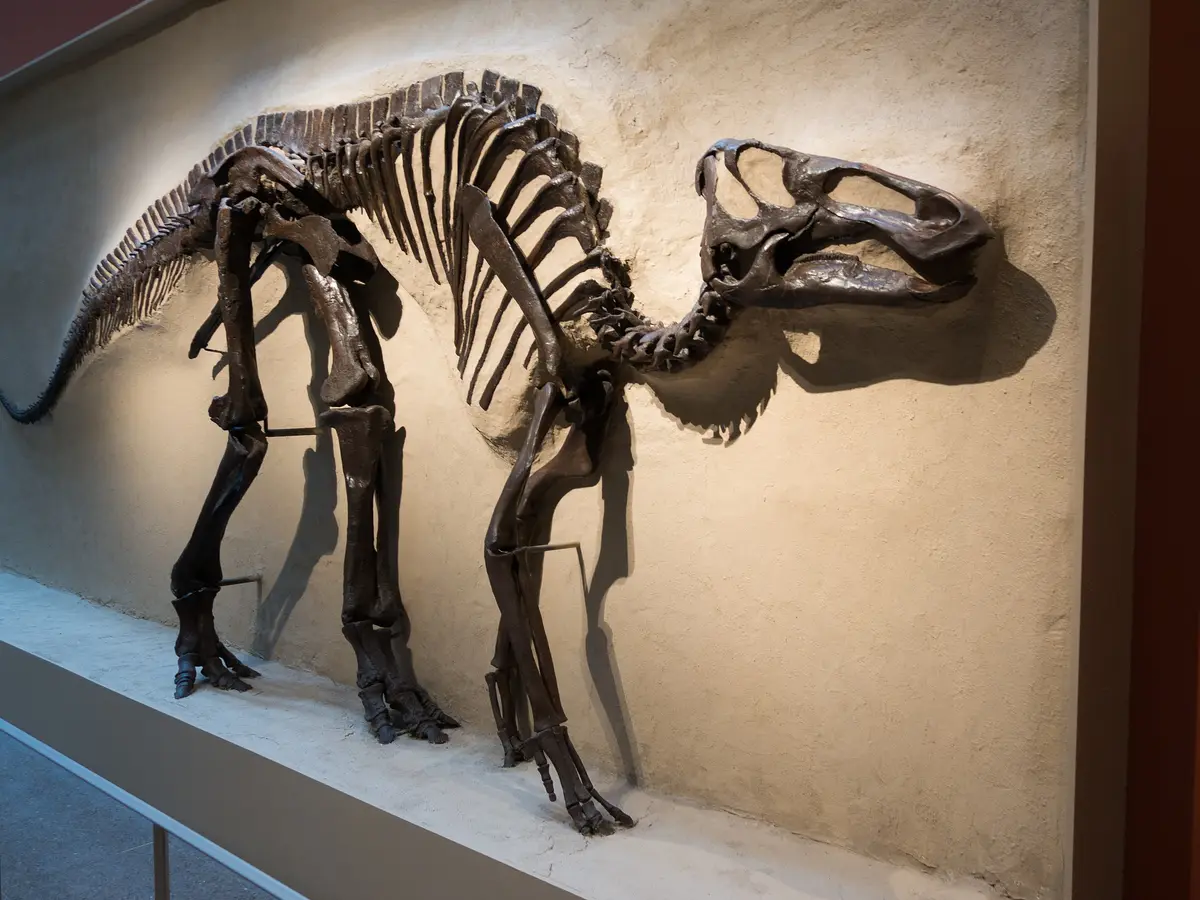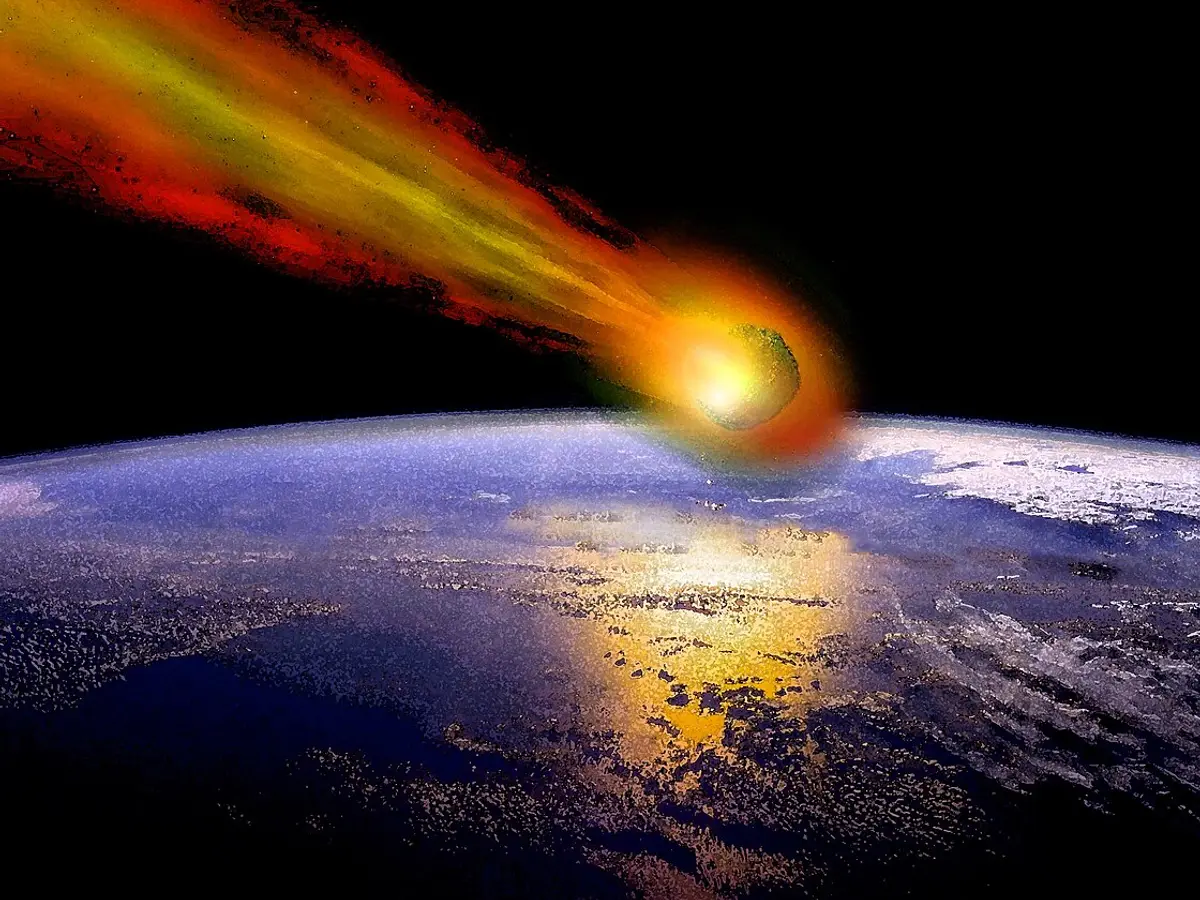Unbelievable Space Experiment: Did Microorganisms Survive Re-Entry from Orbit?

In a groundbreaking mission that sounds like something out of a sci-fi movie, Russia’s biological research satellite, Bion-M No.2, has returned safely to Earth after a month in orbit. What makes this mission so astonishing? It carried 75 mice, over 1,500 flies, and a treasure trove of biological samples to study the effects of space on life!
The Bion-M No.2 was launched on August 20 from Kazakhstan’s Baikonur Cosmodrome, riding high aboard a Soyuz-2.1B rocket. For 30 days, it orbited at an altitude of 370-380 kilometers, exposing its living cargo to the harsh realities of cosmic radiation and microgravity. It’s often said that space is the final frontier, and this mission is a significant step toward unraveling the mysteries of how living organisms cope in such extremes.
Upon landing on September 19 in the grasslands of Russia’s Orenburg region, things got a little fiery—literally! A minor fire broke out at touchdown, but thanks to quick action, it was swiftly extinguished. Technical teams promptly arrived via helicopter to rescue the living specimens, making sure that the scientific journey continued without a hitch.
Initial examinations were conducted in makeshift medical tents, where scientists assessed the flies’ motor activity to understand how space travel impacted their nervous systems. This is just the beginning of a fascinating investigation into the effects of space on life.
In total, this ambitious mission, dubbed the ‘Noah’s Ark’ of space research, was a collaborative effort involving Roscosmos, the Russian Academy of Sciences, and the Institute of Biomedical Problems (IBMP). Its scientific program was meticulously divided into ten sections. The first two focused on how gravity and radiation affect animals. The next three sections were dedicated to studying plants and microorganisms under space conditions, while sections six to nine explored biotechnology and radiation protection. The last section even involved experiments by students from Russia and Belarus, making this mission not just about science but also about inspiring the next generation!
Perhaps the most intriguing experiment was dubbed “Meteorite.” During the satellite’s return, scientists embedded microorganisms in basalt rocks to test their survival through the intense heat of re-entry. This experiment probes the panspermia theory, suggesting that life might have originated from microorganisms hitching a ride on space debris.
As scientists gear up to analyze the specimens, they aim to uncover how microgravity, cosmic radiation, and extreme conditions affect life. The insights gained from this mission could unlock critical knowledge for future long-duration space travel, not just for animals and plants, but potentially for humans as well. This is not just a mission; it's a giant leap for science!



























